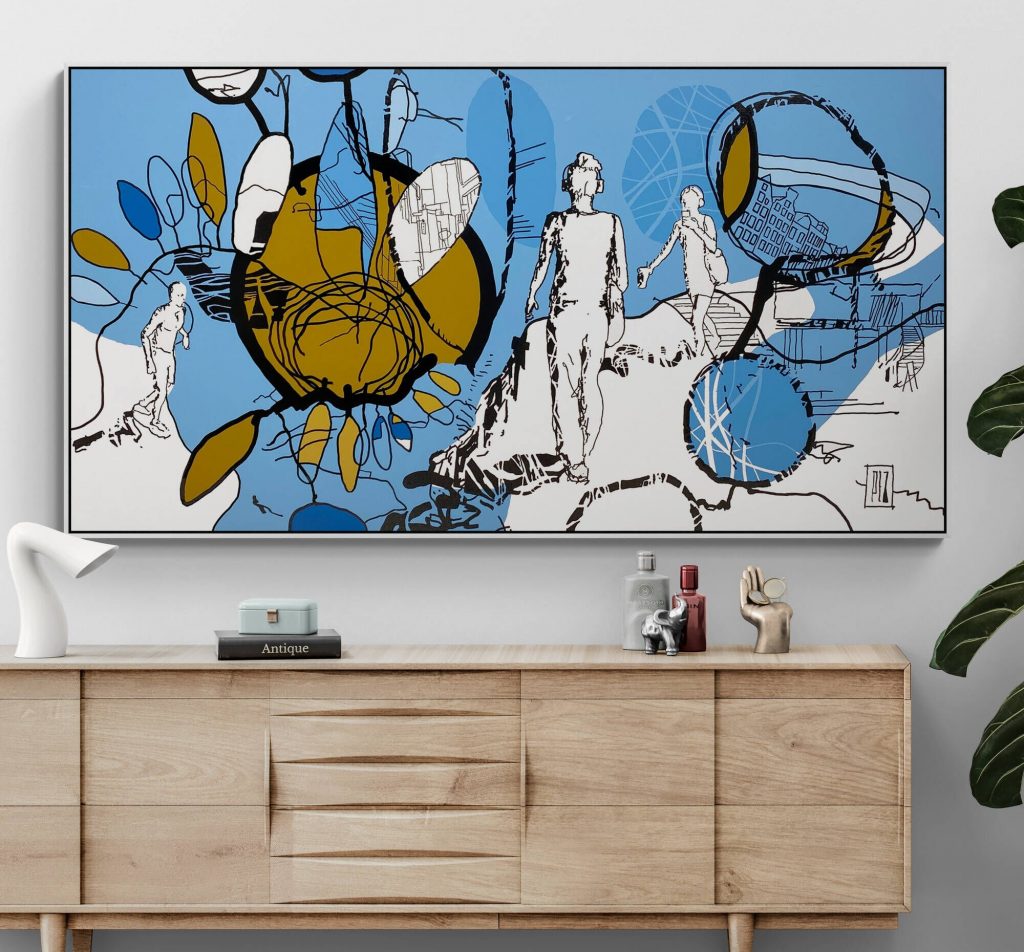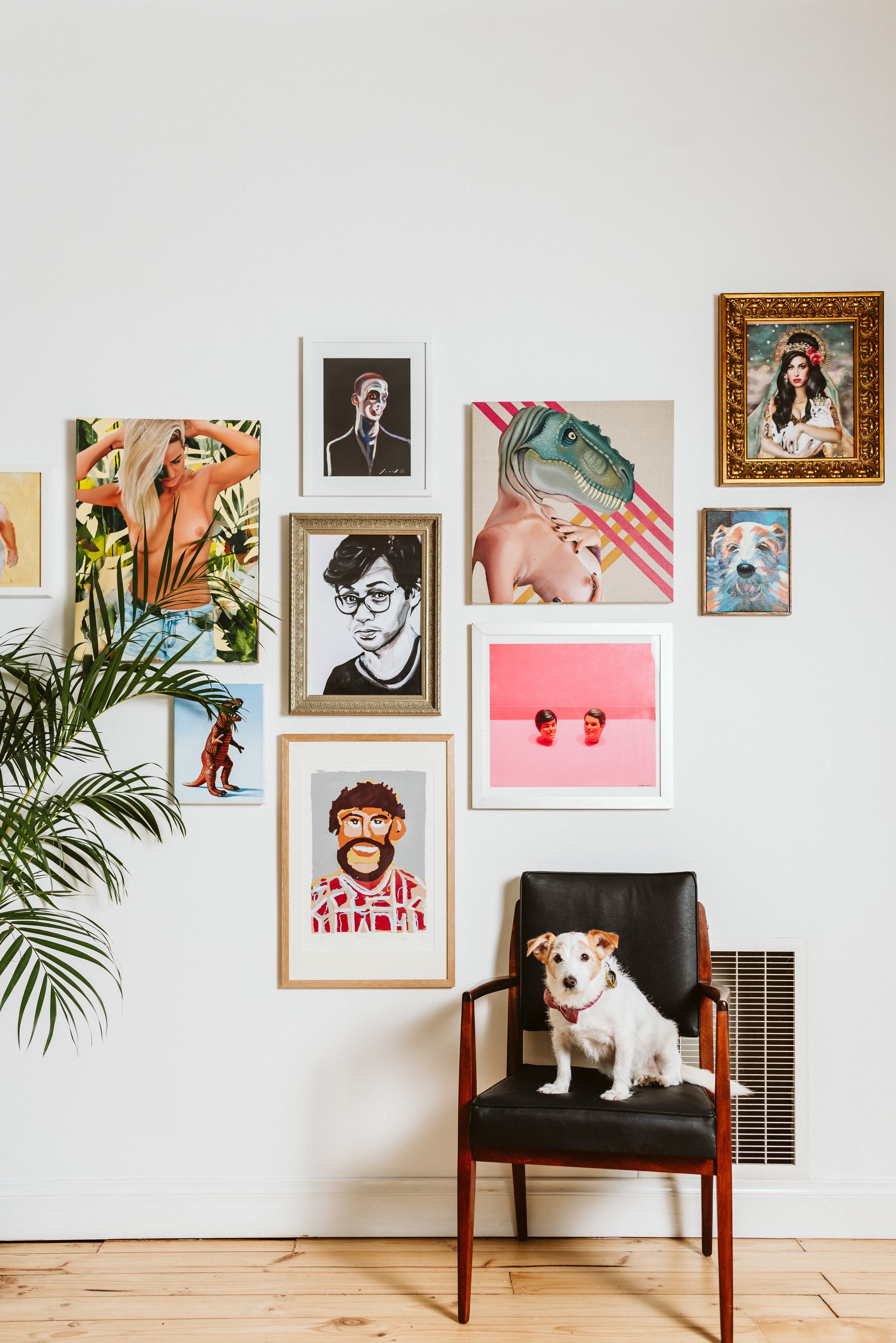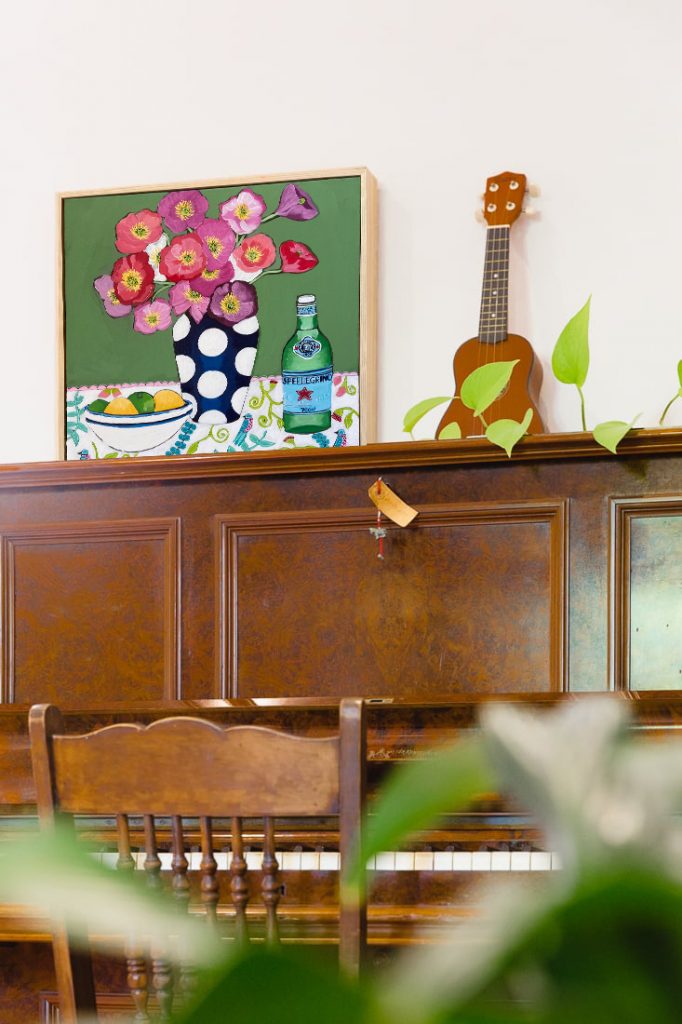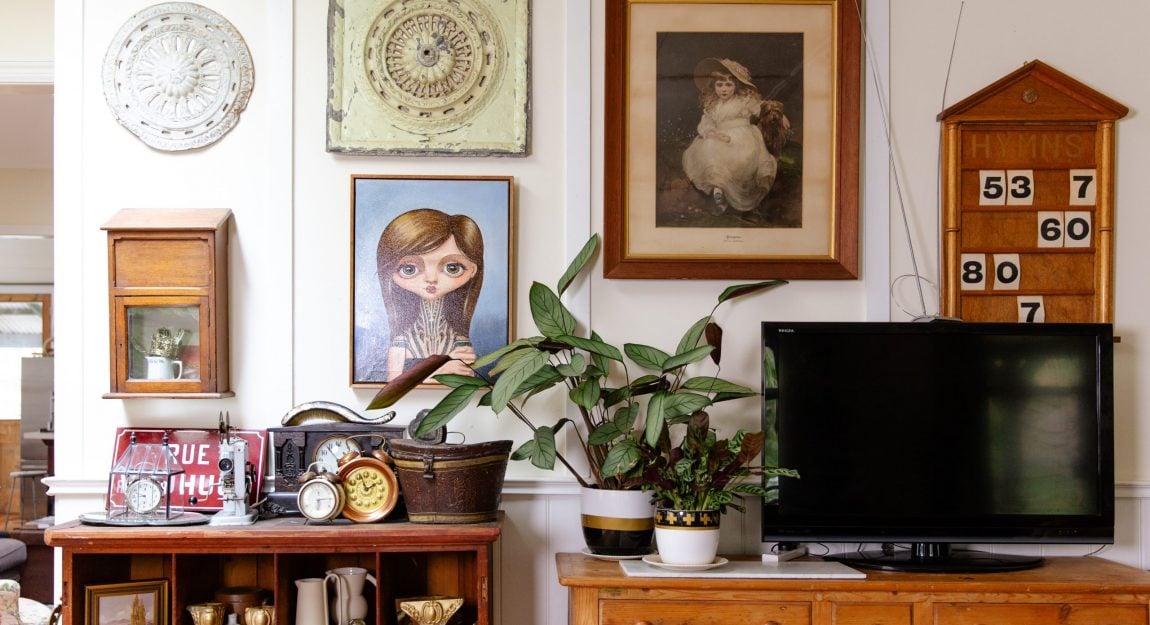How to Care for Your Artwork so it Lasts Forever
The perfect artwork is like the perfect marriage. You’ve found the one; it suits your style superbly. However, some basic maintenance must go on behind the scenes to keep your artwork looking the best. Much of this maintenance is undemanding, and whether you’re a first-time buyer or have several pieces in your collection, taking time to care for your artwork guarantees a happy ever after!
1. In Prime Position
If you have a spot in mind of where your piece is going to hang, it’s worth taking into account a few factors that will set your artwork up for a good life:
- Save direct sunlight for plants and cats. Art hates sunlight. While watercolors are susceptible to bleaching quickly, even oils or acrylics will fade over time with too much exposure. If possible, embrace shadier spots, or consider framing the piece with UV glass.
- Not too hot, not too cold—just right. Frequent or drastic changes in the room’s temperature can create humidity or dampness. These are huge antagonists to artworks, resulting in warping and discoloration. Instead, think about areas with a steady temperature that match the medium of the artwork.
- Give the moisture a miss. We’d love to have artwork hanging over the bath as much as the next person. Sadly, mildew and humidity hang around bathrooms, and works on paper or delicate materials can quickly become disfigured or damaged.

This extra-large statement piece by PEZ is complimented by a white floating frame.
2. How’s it Hanging?
Jokes aside, the planning of the hanging is critical. Some simple steps will set you up as an art-hanging pro in no time!
- Find yourself a good-quality frame. Oh, the dread of realizing that the perfect piece is unframed. As tempting as it can be to chuck a print into a cheapie from Kmart, getting a good-quality frame gives an artwork extra flair and protects delicate surfaces and paper against damaging elements.
- Make sure the fixtures suit the weight of the artwork. A good framer will give the best fixture according to how heavy a piece is. You’ll also need to consider the wall it’s going on—crumbly or weak walls are a big no-no for those large-scale statement pieces.
- Be the curator you wish to see in the world. Your art deserves a place to get noticed and bring a sense of atmosphere to a space. Consider where the piece will flourish, whether it’s a statement piece flying solo or a segment of a salon-style hang.

This well-prepped portrait wall gets the woof of approval! Shop Framed Wall Art and turn your home into a gallery today!
3. The Aftercare
Okay, the dream piece is up safely and is looking mighty fine! Keep it that way with a few regular TLC techniques.
- Keep the chemicals away. Using cleaning products (or even water) on your artwork is just asking for problems. This point goes for original artwork, prints, sculptures—the lot. If a thorough cleaning is needed, leave it to the professionals. It’s not worth risking damage by doing it yourself.
- Check in. Giving your artwork a once-over from time to time will help you look for any signs of dampness or warping that can become much more difficult to repair over time. Some tell-tale signs of unhappy artwork are distinctive brown marks and discolored patches. By taking a look every few months, you can curb any damage and give it a better-suited environment if necessary.
- Dust. A frequent tickle keeps an artwork looking slick and prevents build-up. Use a dry, soft white cloth for framed works and pieces with a hard surface. Fragile surfaces or heavily textured pieces are best suited to a soft white brush, such as an unused makeup brush.

Giving this painting by Gabrielle Tito dust simultaneously as the piano ensures a glowing space all around.
Showing your artwork a little love from time to time with these tips will keep it looking fresh and at its most impressive.








